Brand restyling, the Berlucchi experience
by Marilena Colussi
I eagerly accepted when I was asked to write an article for the new SGA blog about the important and delicate theme of the restyling of particularly renowned food farming and wine producing brands. In this new virtual informative space, I’ll be discussing what these brands represent in terms of our history, tradition and culture and looking at the symbolic and functional value their products have for their consumers and our society in general. So here are a few keys to fully understanding the recent restyling of one of the foremost brand names in the spumante market.
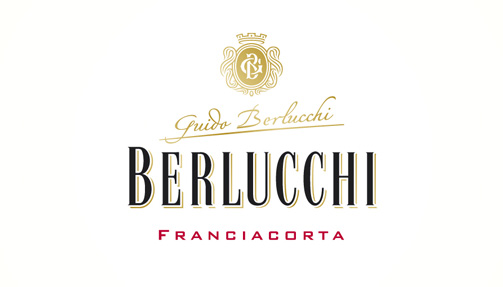
The Berlucchi brand has seen continuous growth over the past twenty years to become the leading seller of Italian spumante wine on large scale distribution networks, a feat achieved by few other brands.
Over the past ten years, many things have changed, not least, the habits of the consumer. Spumante has become so popular that it now features in daily Italian life where before it was exclusive to celebratory events. The competition too has changed, with prosecco leading the way, the wine and sparkling wine market has quickly evolved, as too have the logistics of distribution.
The companies that continue to grow are those that can anticipate these changes and evolve their brands intelligently in synthesis with a system that is becoming more and more complex.
But how can a brand with Berlucchi’s calibre adapt to these changes without betraying its own traditional values, its assets of recognition and appreciation, all while leaving space for other lines of products?
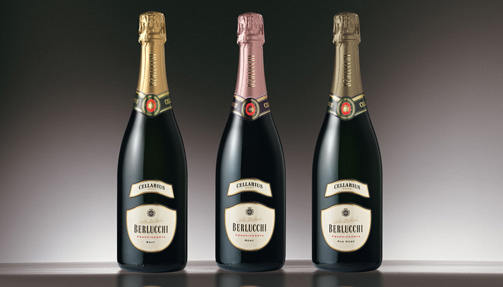
I believe the solution came with the ability to bring together, in a redefinition of the brand, a careful analysis of the market and the consumer and the resolute vision of what Berlucchi has always been and will continue to be. A new direction aimed also at reinforcing Berlucchi’s key role in the history of its territory.
The results of my own market research conducted on a broad range of consumers and buyers of a variety of wines and spumanti have brought to light the profile of a consumer who is ever more attentive and aware of the evolution and the positioning of the spumante wine and its leading brands. The imagery evoked by the ample selection of Italian spumati is rich with emotion and meaning, refining the culture of SAPERE BERE (i.e. the right way to drink). In fact, more notably than other wines, spumante requires the right glass, the right temperature and the perfect sip, and its distinctive bubbles and wire-bound cork further exalt its natural hedonistic and social traits.
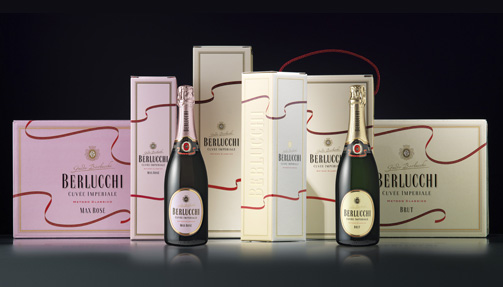
Unlike Champagne, Italian spumante is perceived as a more authentic, natural, dependable and accessible wine. The wine’s ever stronger link to the territories that produce it – with Franciacorta certainly among the most prolific – promoted the recognition of a distinctive value, both in its sentiment and its quality.
The territory and the brand are assets that the producer must hold dear if it is to continually renew the faith of the consumer and reinforce a relationship that endures and evolves over time. The producer must adapt intelligently to the socio-cultural changes, customs and rituals that will be part of our future.
The restyling has acknowledged the current consumer profile, and seen how it assigns sentiment and significance to food and drink, particularly spumante. Pleasure, Italian-ness, Culture and Health come together in the expectance of sociality, sharing and self-gratification. The recognition of the Territorial origins of food and wine greatly enhances the perceived value.
The brand restyling project extended to a reinvention of the packaging for the Cuvèe Imperiale and other product lines, highlighting the complexity of Berlucchi’s case-history in order to improve and bolster the expression of its implicit contents.
An extension and a diversification of the product range allows a producer to reach different target consumers, as well as opening the doors to different distribution channels.
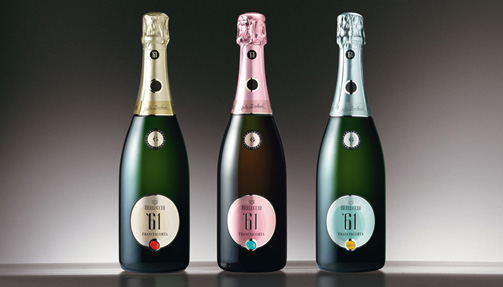
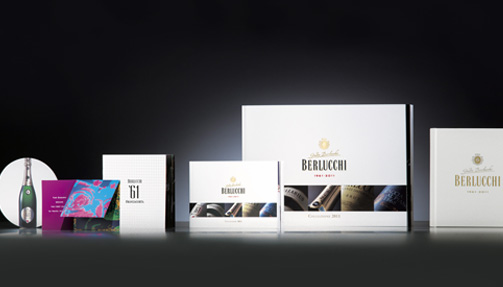
The process of reinventing the image, handled entirely by SGA, also involved the restyling of the Cellarius line, the renovation of the historic Cuvèe line that dates back to ’61, and the creation of the top-line Palazzo Lana. The project also involved the study of secondary packaging, for the ho.re.ca and GDO channels, the development of the entire corporate identity, product catalogues, stands for the Vinitaly exhibition, and in collaboration with the web designer Ocho Durando, the creation of a new website.
It was the realisation of a global project in response to the changes demanded by an increasingly competitive sector.
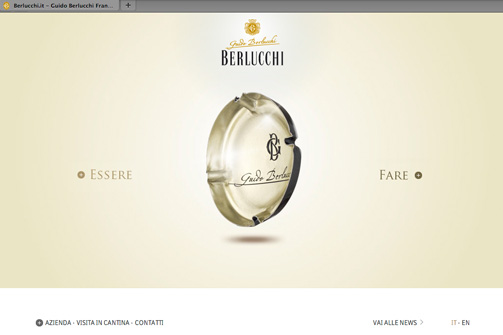
Dr Marilena Colussi is an expert in Consumer Sociology and Food Trends.
She recently conducted research entitled “Attitudes and behaviours of the wine consumer in relation to large-scale retail channels” commissioned by Veronafiere, Vinitaly 2012.
Tag Brand, Global design, Packaging, Restyling, Web site


